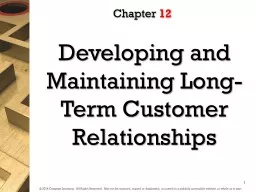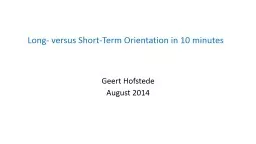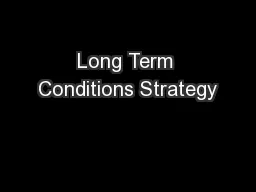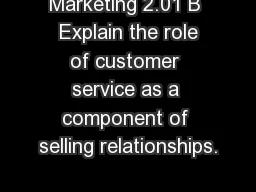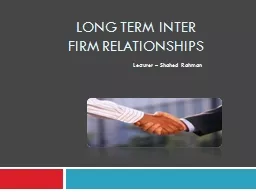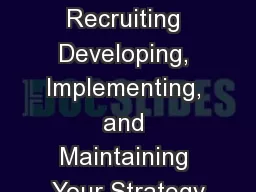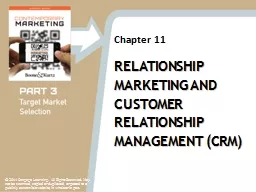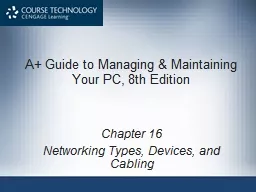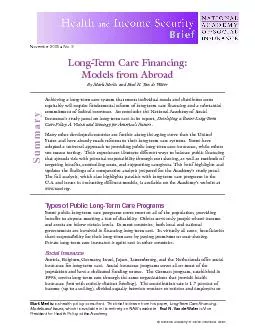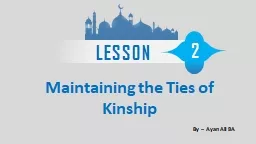PPT-Developing and Maintaining Long-Term Customer Relationships
Author : jane-oiler | Published Date : 2019-12-09
Developing and Maintaining LongTerm Customer Relationships Chapter 12 1 Is not about creating a large number of transactions Is one that attracts and retains customers
Presentation Embed Code
Download Presentation
Download Presentation The PPT/PDF document "Developing and Maintaining Long-Term Cu..." is the property of its rightful owner. Permission is granted to download and print the materials on this website for personal, non-commercial use only, and to display it on your personal computer provided you do not modify the materials and that you retain all copyright notices contained in the materials. By downloading content from our website, you accept the terms of this agreement.
Developing and Maintaining Long-Term Customer Relationships: Transcript
Download Rules Of Document
"Developing and Maintaining Long-Term Customer Relationships"The content belongs to its owner. You may download and print it for personal use, without modification, and keep all copyright notices. By downloading, you agree to these terms.
Related Documents

